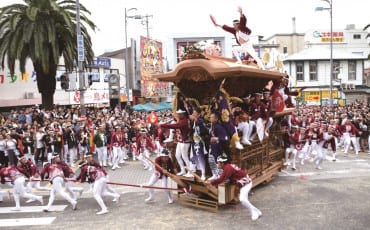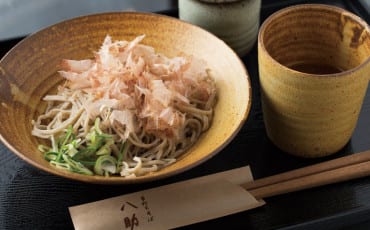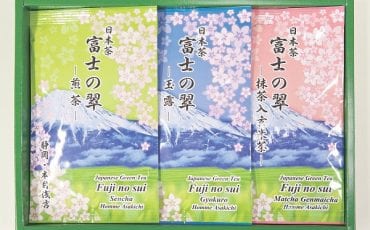Articles
Sake
Sep 1, 2015
The BIG Five
For the uninitiated, choosing a sake can often feel like taking stabs in the dark.
Get up to speed on the five major variants, right here.
Honjozo-shu
Honjozo is a type of sake where a small amount of distilled pure alcohol has been added to smoothen and lighten its flavours, and bring out its fragrance. For honjozos, about 30 percent of the outer portion of the rice grain has been milled away. As this type of sake tends to be lighter in flavour, it can be paired with a variety of dishes – including those with stronger flavours – to enhance their taste. Many honjozo sakes can also be drunk warm.
Ginjo-shu
For ginjo-shus, 40 percent or more of the rice grain has been polished away. This type of sake usually has a wonderful aroma, with a light and delicate flavour. It’s brewed using a special type of yeast and fermented in low temperatures. Ginjo-shu is best served cold to retain its flavours and aromas. Daiginjo-shu is a subset of ginjo-shu, and it’s made with rice milled to about 50 percent. It is characterised by a full body and delicate taste.
Junmai-shu
Junmai-shu is pure, unadulterated sake that contains no additional sugar, starch, or brewer’s alcohol. It’s made only from rice and koji. Rich and full-bodied, it has higher levels of acidity and a less prominent fragrance compared to other sakes. Ginjo-shus and daiginjo-shus may also be classified as a junmai-shu if they contain no added alcohol.
Namazake
This refers to any type of sake – including junmai-shu and honjozo-shu – that hasn’t been pasteurised. It therefore needs to be refrigerated to prevent its taste from changing. Namazake usually has a fresh and lively flavour profile.
Nigorizake
Nigorizake refers to unfiltered sake and is characterised by a cloudy appearance. A small amount of koji usually remains in the bottle. As it has a fizzy quality, it’s usually drunk as an aperitif.
Sake types
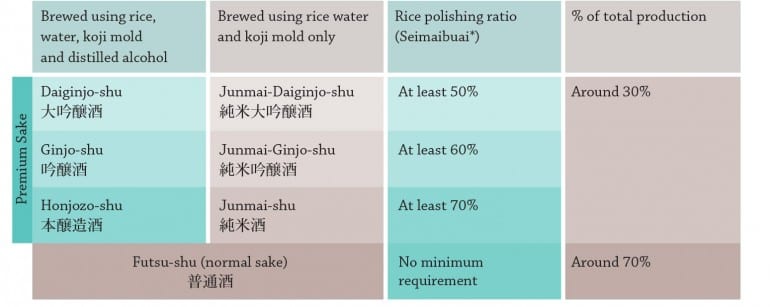
Sake Appreciation 101
Ready to venture into the wonderful world of sake?
This guide will get you started.
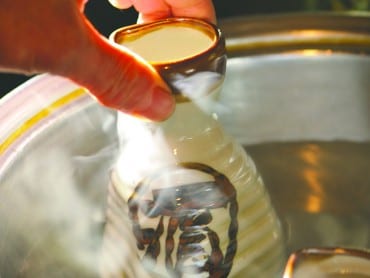
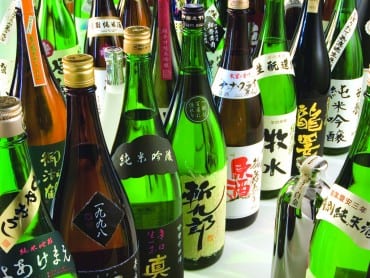
Tasting notes
The taste of sake is usually evaluated on the following scales: Sweet/dry, rich/light, with/without umami. Generally, the more acidic the sake, the less sweet it tends to taste. Sakes with a high amount of alcohol, sugar, acid, or amino acids will have a rich flavour. However, do take note that sakes with a high amount of amino acids (which give them that umami flavour) tend to taste rather unpleasant if they have been aged.
Warm or cold?
It usually depends on individual preference but as a rule of thumb, ginjo-shu, which has fruity aromas, is best enjoyed cool. Aged sake with high acidity is usually more delicious when served warm (at temperatures of no more than 45 degrees Celsius), while sakes with light and delicate flavours should be drunk at cooler temperatures of about 35 degrees Celsius.
Storage
Store your unopened bottle of sake in a cool, dry, and dark place of temperatures between five and 10 degrees Celsius as high temperatures and light can quickly cause its flavours to deteriorate. Ideally, sakes should be drunk within a year of being bottled. Once the bottle has been opened, it should be tightly closed, kept in a cool place, and finished within a month.
Before the first sip …
- Take note of the sake’s colour and transparency.
Sake connoisseurs usually use a wine glass or a glass with “legs” to help evaluate the colour of the sake. - Take a big whiff.
Different sakes have different aromas, including a fruity aroma known as “ginjo-ka”, and the rich aroma of aged sake.





